Researchers explore the different mechanisms viruses have evolved to effectively seize host cell ribosomes, and the role they play in the virus’ life cycle.
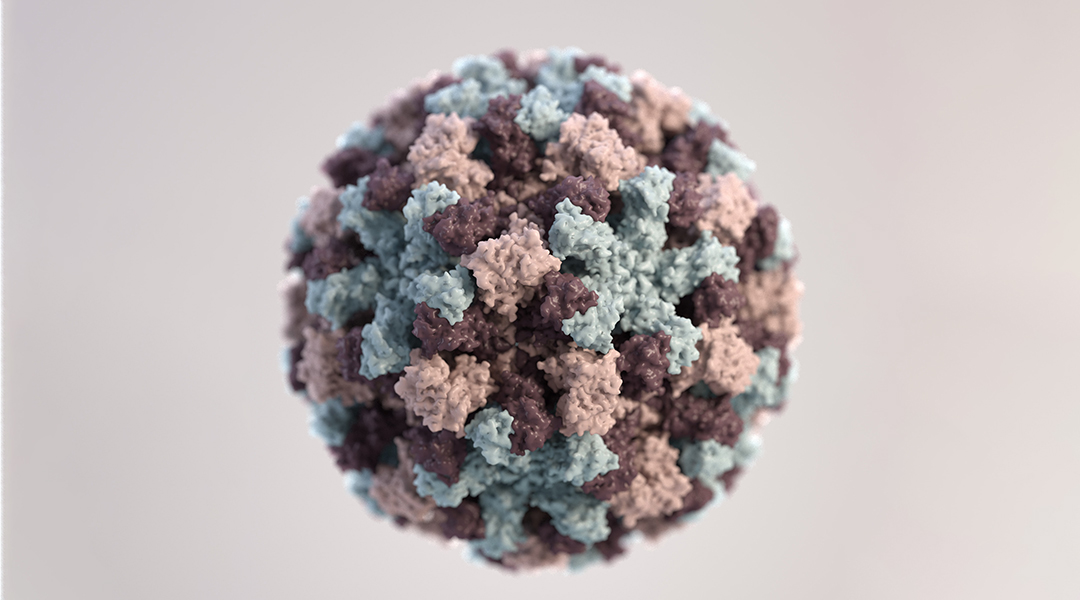

Researchers explore the different mechanisms viruses have evolved to effectively seize host cell ribosomes, and the role they play in the virus’ life cycle.

Computational methods allow researchers to delve deeper into molecular processes, beyond what can easily be achieved with current experimental techniques.
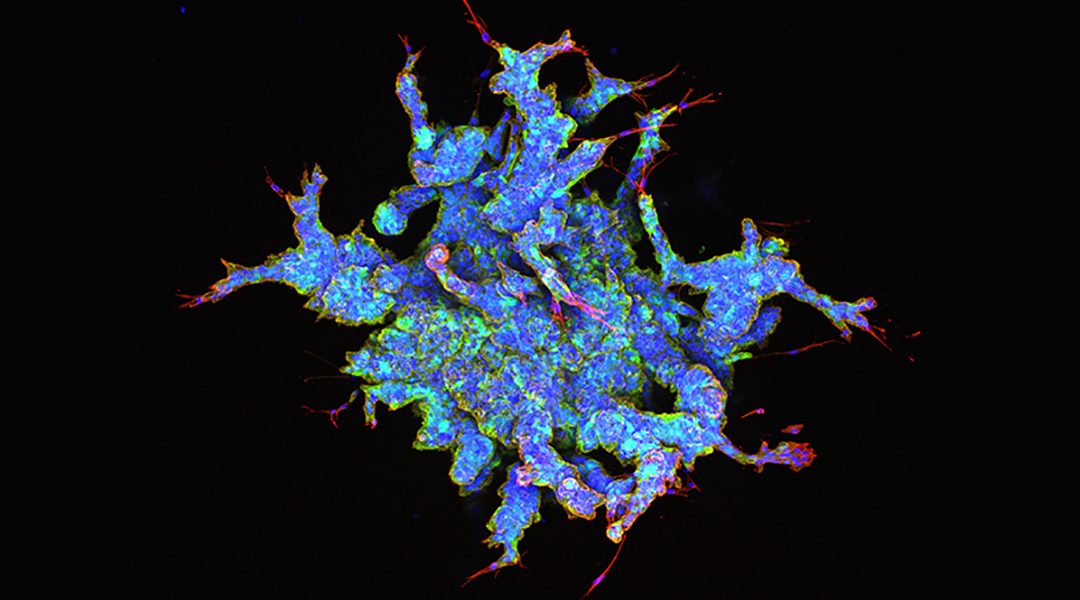
Here, we take a look at some of the most intriguing scientific images published in June 2020.

Microalgal biorefinery has emerged as one of the sustainable solutions for the production of biofuels and biochemicals. However, there are still some difficulties to be solved.

The current pandemic has provided an opportunity to observe the resilience of every link in the healthcare chain, and AI has appeared to have given in.
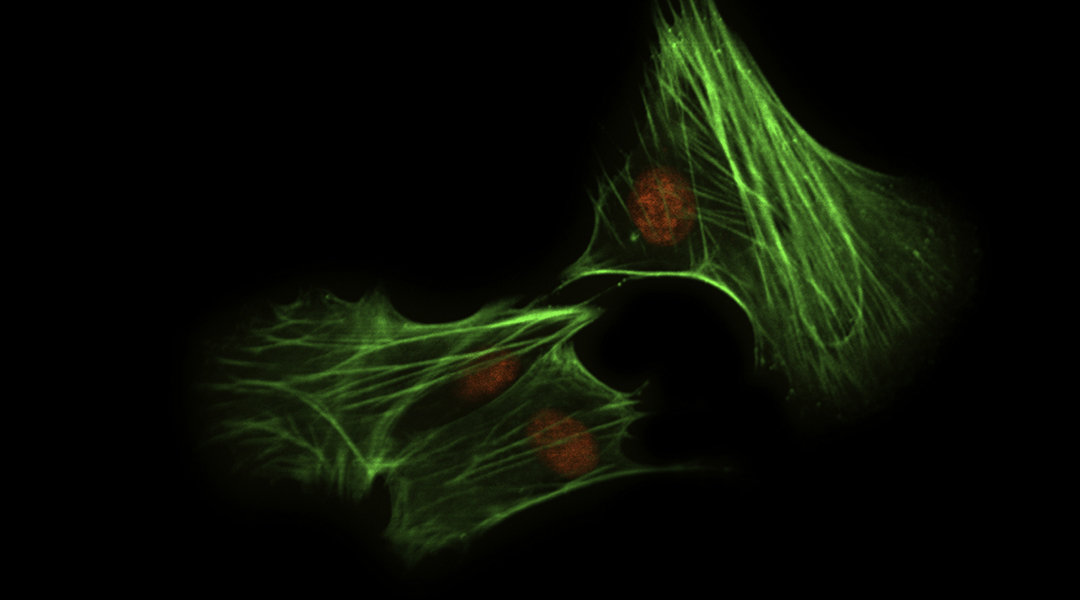
Scientists have developed a molecular shield that stabilizes near-infrared fluorescent dyes and enhances their functionality.
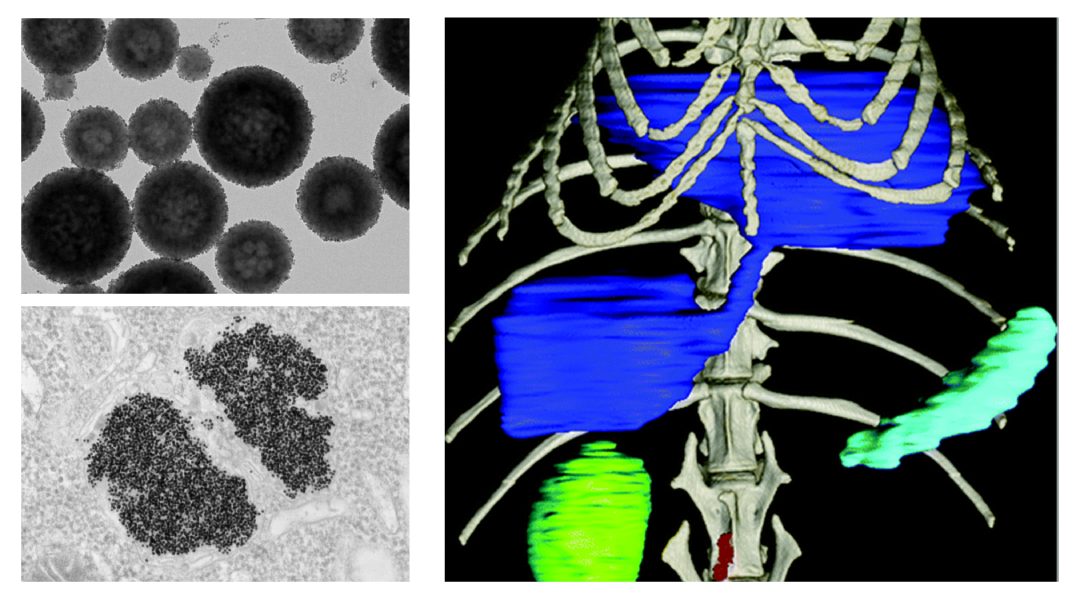
A new study explores how metal nanoparticles designed for new X-ray imaging technologies can improve the diagnosis of diseases, as well as understand the underlying cellular processes.

A new in vitro model of the body’s immune system better predicts its response to new therapeutics, potentially lowering the high costs and low success rates of drug discovery.
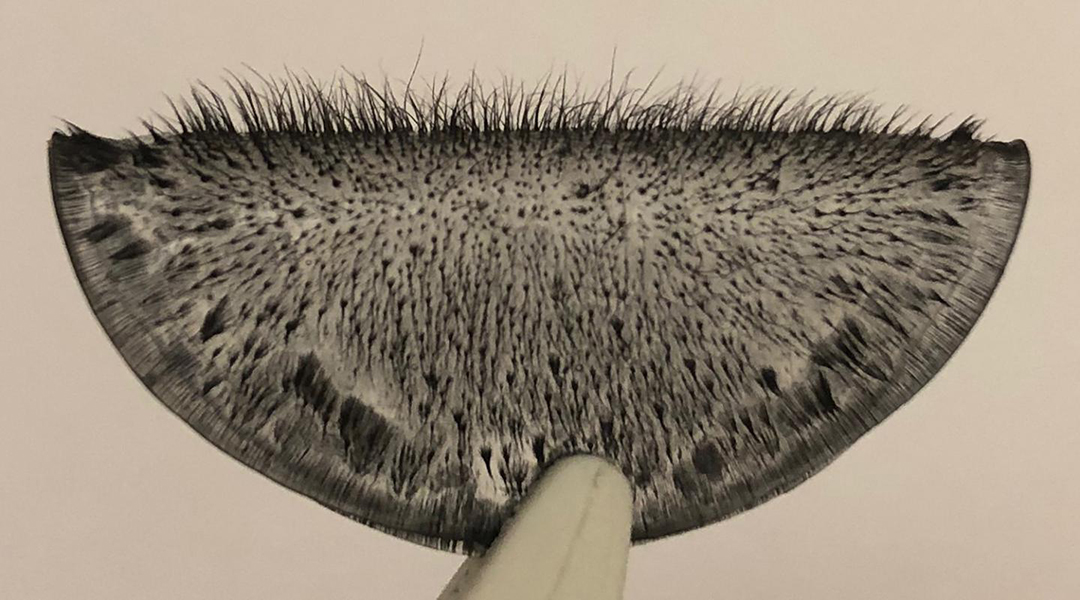
Researchers create an artificial array of magnetic cilia that could contribute to advancing the capabilities of soft robotics.

Researchers discuss how to extract valuable information from databases to aid decision making in emergencies, such as the current pandemic.